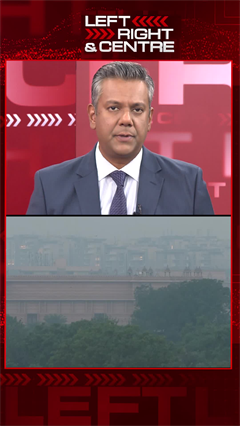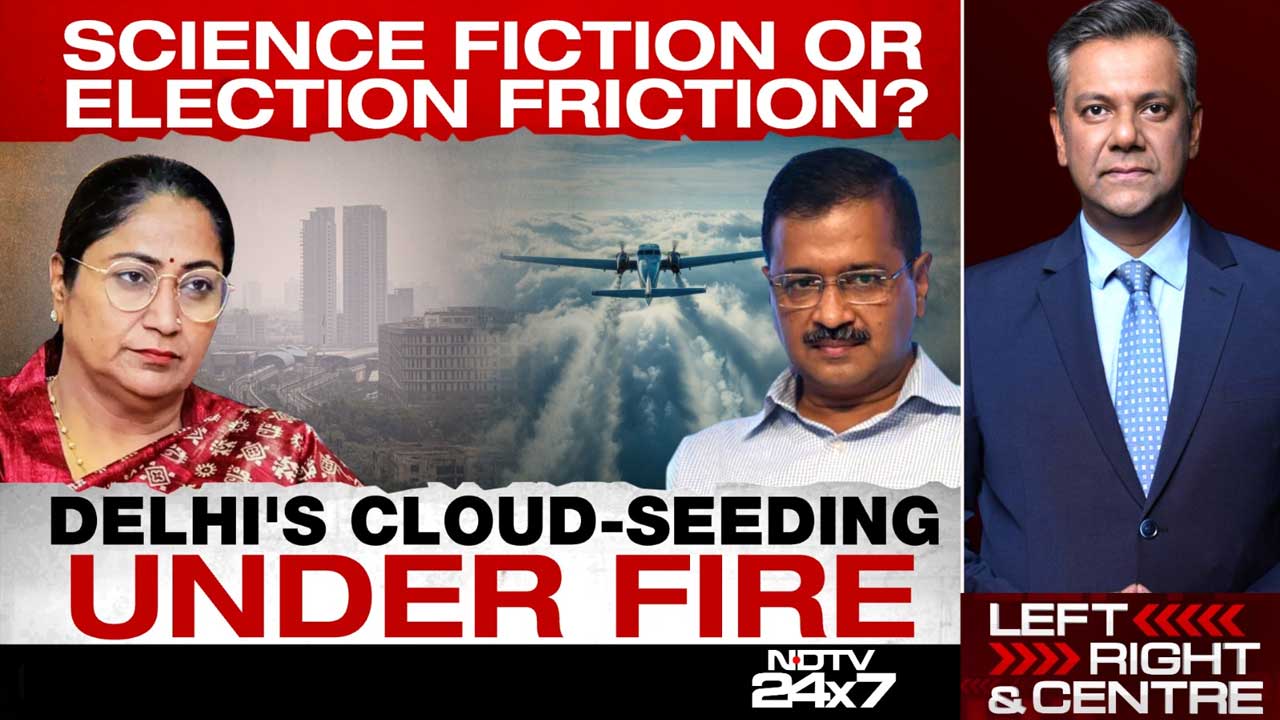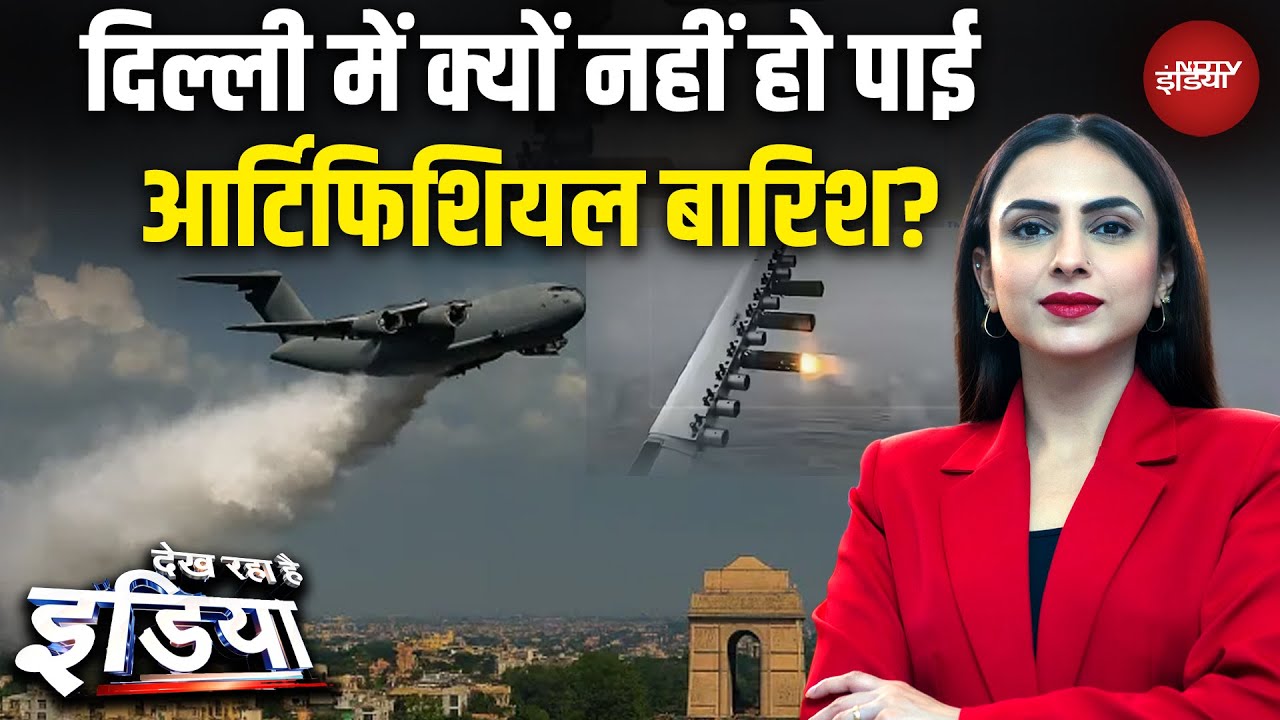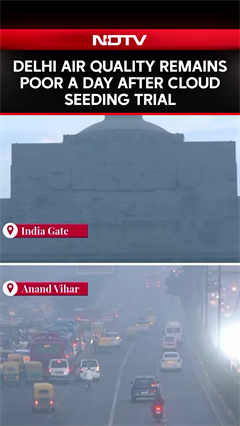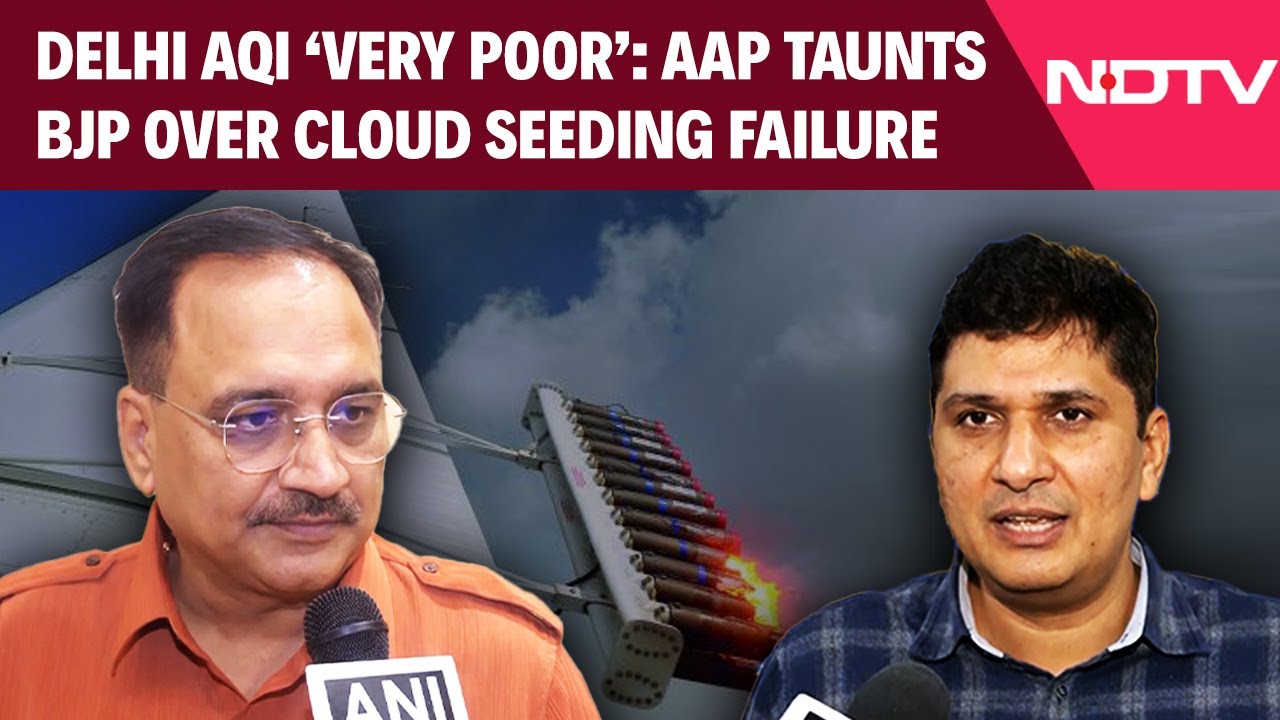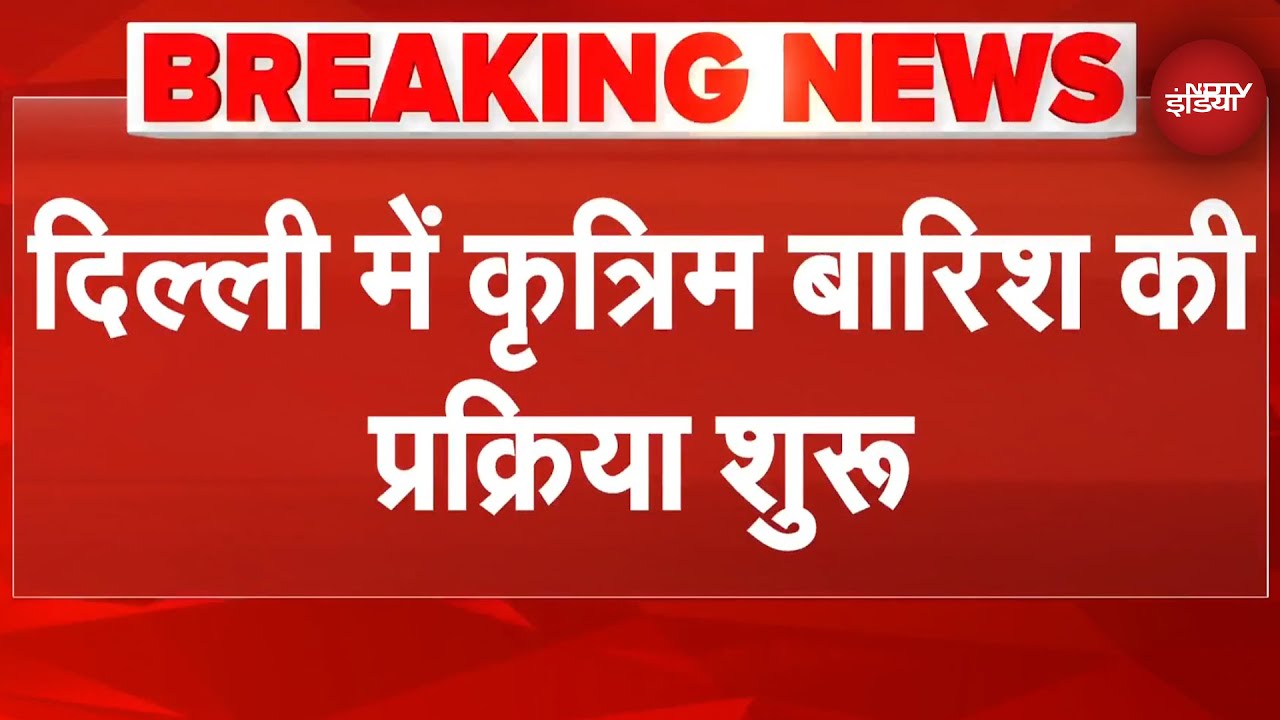- Home/
- Mask Up, Stay Safe: Essential Mask Hygiene Tips As Air Pollution Worsens
Mask Up, Stay Safe: Essential Mask Hygiene Tips As Air Pollution Worsens

If you live in a city like Delhi, you know all too well how air pollution can turn stepping outside (or even keeping your windows open all day for ventilation) into a health hazard. That's why wearing a mask every day has become second nature for many of us. But did you know that your masks, especially N99 or N95 types, only work if you use them right? A mask that's dirty or worn incorrectly can actually collect bacteria and moisture, putting you at risk instead of keeping you safe. To help you get the best protection, here are some easy, must-follow hygiene tips for making sure your mask really does its job against air pollution.
The Pre-Use Checklist For Mask Hygiene
The pre-use checklist for choosing the right masks is key because of PM2.5 and PM10 particulate matter pollution. Both cloth and surgical masks offer minimal protection against smog and raging air pollution. The main differentiating factor while comparing masks lies in their ability to properly secure the mouth, nose, and correctly conceal the nose. But, make sure it's comfortable as masks need to be worn for long periods.
Inspection
- Before wearing a mask, make sure the filter is clean, as the filter is a barrier for particulate matter.
- Check for tears, holes, or stretched-out elastic bands, as this makes a case for replacing the mask
There are various mask hygiene tips to ensure proper protection from smog and air pollution. These range from choosing which mask to wear, how to store it, and how to dispose of it safely.
Key Mask Hygiene Tips
There are always pre-handling, mid-use, and post-handling of mask hygiene rules that can ensure proper mask hygiene.
- Pre-handling: Always wash or sanitize your hands (for 20 seconds) immediately before wearing your mask.
- Mid-use: Never adjust, remove, or touch the mask's exterior filter material while outside. If you must adjust it, then sanitize your hands first.
- Post-handling: Wash the mask after 3-4 uses if wearing it daily, as the skin produces oils and bacteria that need to be washed off for proper hygiene.
- Seal check: Ensure a tight seal over the nose and chin. Air must pass through the filter, not around from the edges. A poor seal allows polluted air in, defeating the purpose of wearing a mask.
Duration And Contamination Limits For Proper Mask Hygiene
While using masks, the manufacturer's guidelines need to be followed if provided. If no guidelines exist, N95 or N99 masks generally last for 40 hours of extended use. But this is drastically reduced in heavily polluted cities like Delhi, Noida, Faridabad, and Ghaziabad.
The Moisture Test: If the inside of the mask becomes damp (from talking, breathing, or sweating). In addition, if the outside of the mask is visibly dirty, then you need to discard it immediately. This is because damp masks breed bacteria and mold.
What Is The Best Way To Clean Anti-Pollution Masks?
Not all masks are reusable. The masks that you use need to be labelled as reusable, and only then you can use the mask for a longer duration. Be sure to never wash disposable masks with filters, as washing destroys the electrostatic charge that catches PM2.5 and PM10.
Drying:
- If a mask is washable, ensure it is completely air-dried before use, as using a damp mask defeats the purpose of wearing one.
- Do not use dryers or heat, as this can damage the filtering fibers.
How To Store Anti-Pollution Masks
When the mask has been worn for long periods of time, then you are safely removing the mask. This can be done by only touching the ear loops or head straps.
- Avoid touching the front of the mask, as the exterior surface of the mask gets contaminated.
- Immediately sanitize or wash your hands after removal to avoid cross-contamination.
- Follow the paper bag method, store the mask in a clean, open paper bag in-between uses, and keep multiple masks on rotation if they are to be used daily.
- Store the mask in a clean, open paper bag as the paper bag absorbs residual moisture. And the bag protects it from contamination. Do not use plastic containers for storage, as mold or improper discoloration can occur on the surface of the masks.
Responsible Disposal Of Pollution Masks And Maintenance
When discarding a single-use mask, place it in a plastic bag, tie it securely, and dispose of it in a closed dustbin to protect waste pickers from exposure to contaminants.
Masking is your shield, but hygiene is the key to maintaining that shield's integrity. Be diligent, check your mask often, and prioritize clean handling to breathe more safely this pollution season.
Disclaimer: This content, including advice, provides generic information only. It is in no way a substitute for a qualified medical opinion. Always consult a specialist or your doctor for more information. NDTV does not claim responsibility for this information.
Latest Stories
- Wednesday October 29, 2025 , New Delhi
In a city gasping for clean air, Delhi's latest attempt at cloud seeding - a technique to induce artificial rain - has once again ended in disappointment.
- Indo-Asian News Service | Wednesday October 29, 2025 , New Delhi
The NHAI said it has taken proactive steps and issued a comprehensive Standard Operating Procedure to its field offices in Delhi-NCR to mitigate air pollution caused by highway construction and allied activities.
- Edited by Saikat Kumar Bose | Wednesday October 29, 2025 , New Delhi
Cloud seeding over Delhi for an entire winter would cost approximately Rs 25 crore, and this sum is a small portion of the budget to tackle the air pollution in the national capital, IIT Kanpur director Manindra Agrawal has told NDTV.
- Indo-Asian News Service | Wednesday October 29, 2025 , Islamabad
Pakistan's Lahore continues to remain at the top of global pollution charts with an AQI of more than 300 according to Swiss air quality monitor IQAir as smog covered the region, local media reported.
- Written by Varsha Vats | Wednesday October 29, 2025
Air pollution doesn't just affect the lungs; it can infiltrate directly into the body and harm the brain, raising the risk of stroke.
................................ Advertisement ................................
Latest Videos
Opinion
Opinion | Why Indians Have Just Given Up On Air Pollution CrisisTanushree Ganguly
Friday December 20, 2024While some may argue that people in Delhi are now more aware of air pollution than they were a decade back, my rebuttal would be that awareness does not mean that people are concerned.
Opinion | You Must Outrage Over Filthy Air More Than Once A YearJyoti Pande Lavakare
Tuesday December 10, 2024Delhi welcomed us with monsoon rains and mangos. We were home. Fast forward a couple of years, in the winter of 2012, I found myself in denial about something other parents, mostly expats, were calling toxic air.
Opinion | Delhi's Air Pollution Situation Is Like A Bad MarriageNishtha Gautam
Friday November 22, 2024On a good day, such as today, the AQI reading in Delhi is 407. We are jubilant at the sickly sunshine trickling through the slightly dissipated smog. At least its not 1600.
दिवाली... पराली... सियासी जुगाली!Ashwini kumar
Monday November 18, 2024दिल्ली-एनसीआर में प्रदूषण का समाधान तो आज तक मिला नहीं. हर साल चिंतित होकर हम-आप सांसों की तकलीफ के साथ-साथ दिल और ब्लड प्रेशर के मरीज भी क्यों बनें?
घर में कैद बुजुर्ग और हांफते लोग, दिल्ली की सांसों में घुला ये कैसा रोग?Nidhi Kulpati
Friday November 08, 2024हमारी हवा जहरीली हो रही है. गुरुवार की शाम को जब मैं इस मुद्दे पर लिखने बैठी तो AQI लगातार 400 पार जाकर दम घोंट रहा था. बहुत लोगों को यह मामला बोरिंग लगे, लेकिन जब आप अपने साथ काम करने वालों को खांसते-हांफते देखते-सुनते हैं, तो चिंता होने लगती है. सुबह उठते ही दरवाजे खिड़कियां खोलने के लिए डॉक्टर मना कर रहे हैं. बड़े बुजुर्गों के लिए तो मॉर्निंग वॉक बाहर की दुनिया से सीधे संपर्क का ज़रिया है, लेकिन डॉक्टर इसकी भी मनाही कर रहे हैं.








